It’s snowing outside today – rare for Georgia. Nevertheless, as I’m inside enjoying the roaring fire and sipping hot tea, I’m thankful for a shelter from the elements today. Imagine living outside in rain, sun, snow, and sleet – and not just for a few minutes, but days and months? That’s exactly what Union prisoners at Andersonville experienced during the Civil War.
A few months ago, Thing 1 and I went to Andersonville National Historic Site about 120 miles south of Atlanta. Run by the National Park Service, the entire site is free of charge and consists of three sections – the military prison, the cemetery, and the POW museum.
The Town
On our way to visit the historic site, we stopped in the town of Andersonville. Although small at only about 200 residents, there’s a small area main street area with the Drummer Boy Civil War Museum and Easterlin’s Country Store. While we didn’t see the museum since it is closed on Wednesdays, I read it houses both Confederate and Union uniforms, as well as revolvers, flags, and other Civil War artifacts.

After eating burgers and Blue Bell ice cream at Easterlin’s, we walked to the 7-acre Pioneer Farm nearby. The site features what a working farm would have looked like in the 1880s. With land donated in the 1970s, the town brought buildings from all over including a log cabin, grist mill, smokehouse, blacksmith shop, and post office. The free tour was self-guided and we didn’t see any other people there.
Camp Sumter Civil War Military Prison
Not all casualties during the Civil War occurred on the battlefield. Soldiers died of disease and starvation, especially in military prisons. Prisoners at Camp Sumpter (also called Andersonville) in Georgia faced deplorable and inhumane treatment.
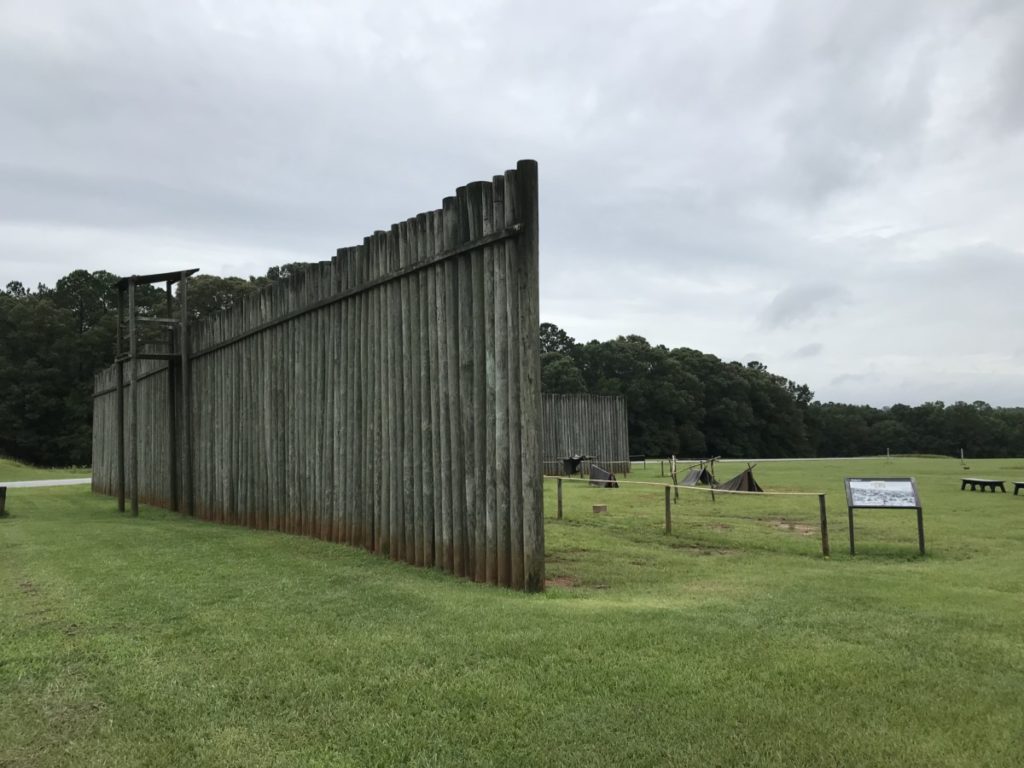
Built in early 1864, Andersonville was meant to initially house 10,000 men. Fifteen-foot tall stockade walls encircled the 16-acre property. A creek flowed through the middle of the area providing both the water supply and sewage.
Overcrowding quickly occurred as prisoners arrived from the nearby railroad in droves. Because the cost of lumber increased, plans to build barracks ceased. Now, completely exposed to the elements, the prisoners used twigs, clothing, and any scraps of materials to build makeshift shelters, called shebangs.
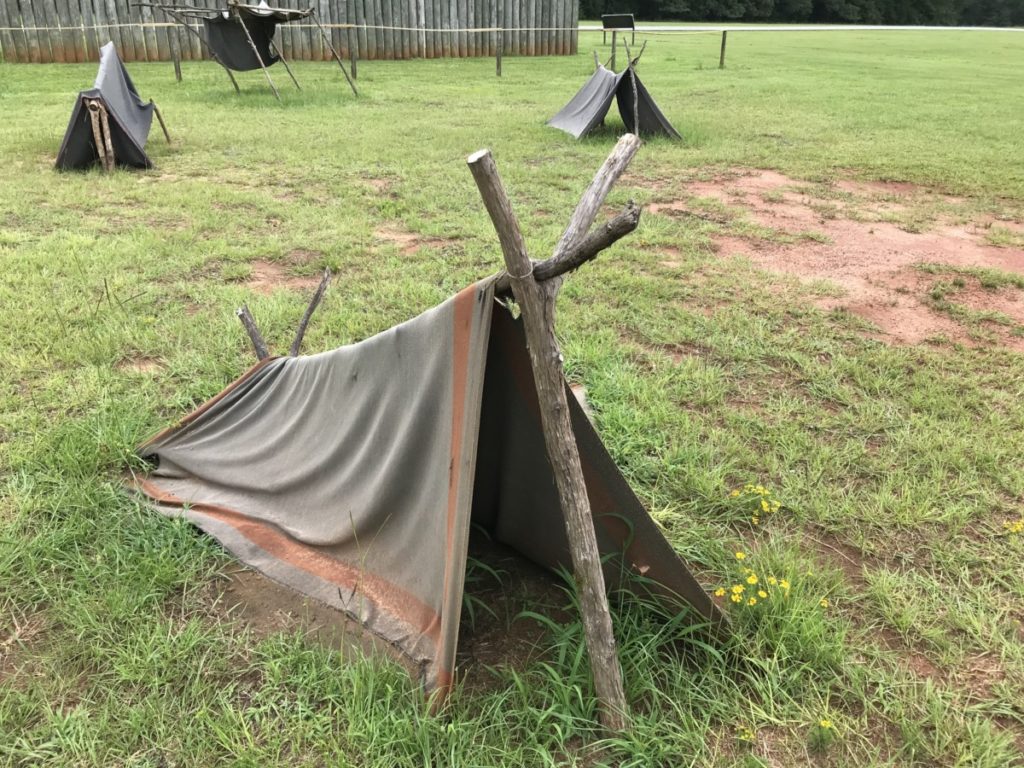
During its 14-month occupation, over 45,000 prisoners (sometimes 30,000 at one time) were held in this encampment meant to house 10,000. Sanitary conditions eroded, disease skyrocketed, and food supplies dwindled. The intolerable conditions caused the deaths of 13,000 men – roughly a 29% death rate.
Escape was next to impossible as guards sat in sentry boxes positioned every 100 feet. They could shoot any prisoner crossing the deadline, a line 19 feet inside the stockade walls. Sometimes visitors would climb into these boxes, also called pigeon roosts, to leer at the prisoners.
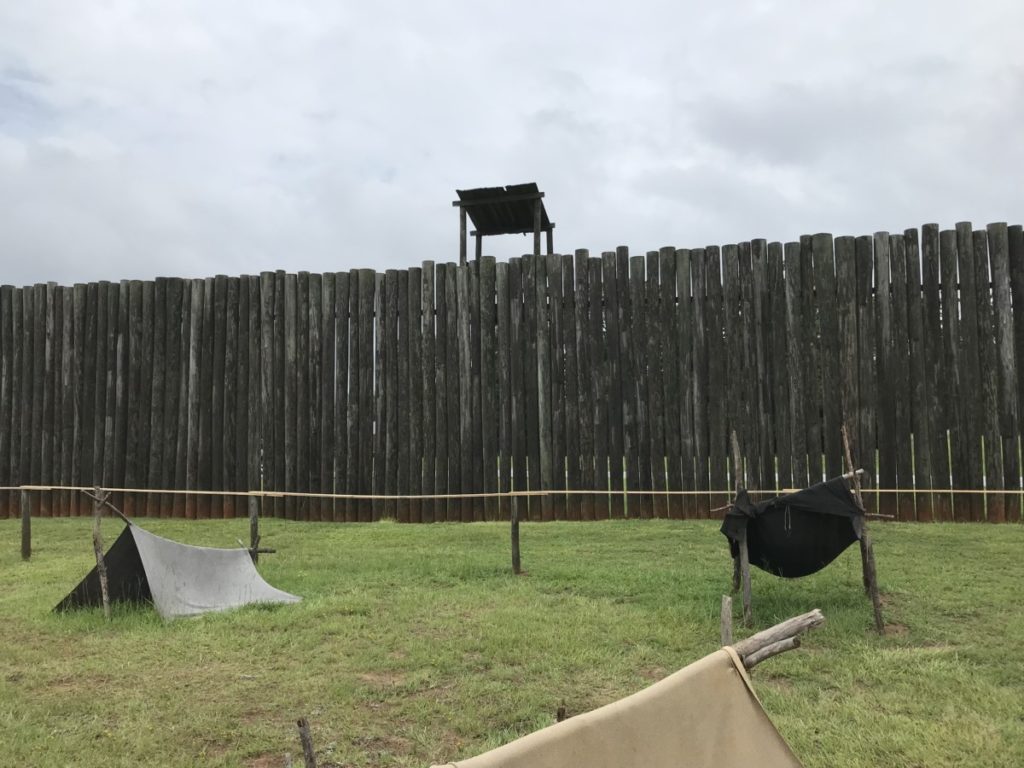
After the war, the US government charged Andersonville’s stockade commander with murder. Found guilty, Captain Henry Wirz died by execution a few months later. Today, several monuments stand to honor the prisoners from various states.
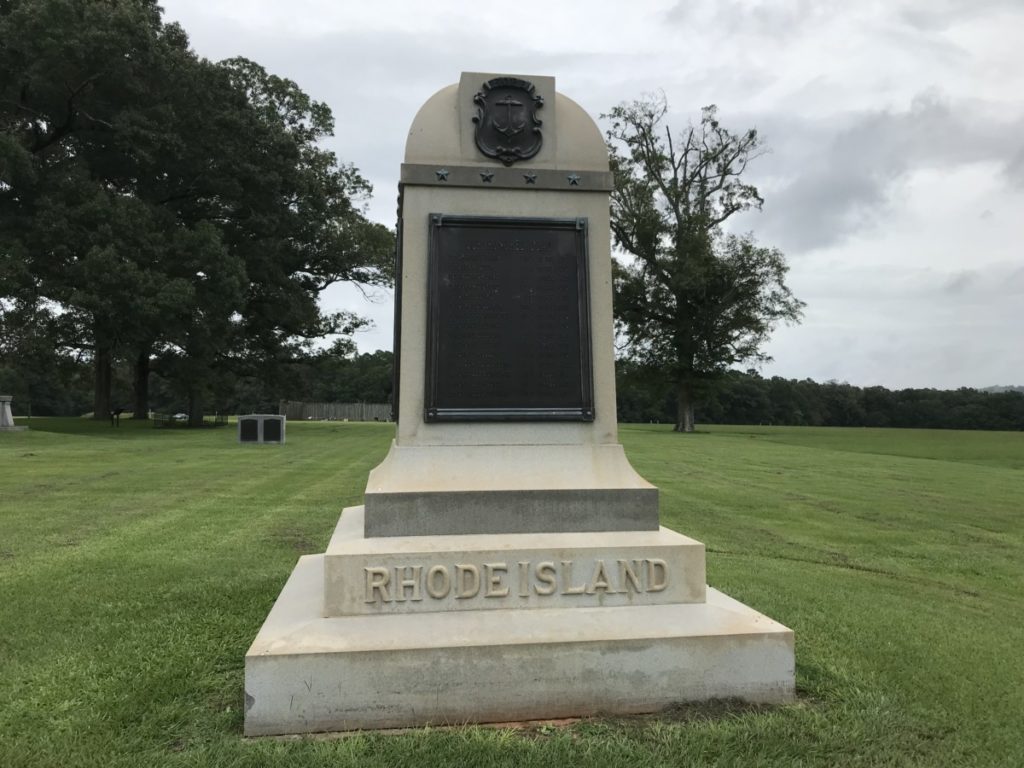
Andersonville National Cemetery
Adjacent to the prison site lies the 27-acre cemetery. Rows of marble headstones mark the final resting place for over 12,000 Union soldiers who died during imprisonment. A former prisoner, Dorence Atwater, helped identify the dead. Because of his help, all except for 500 tombs are known.
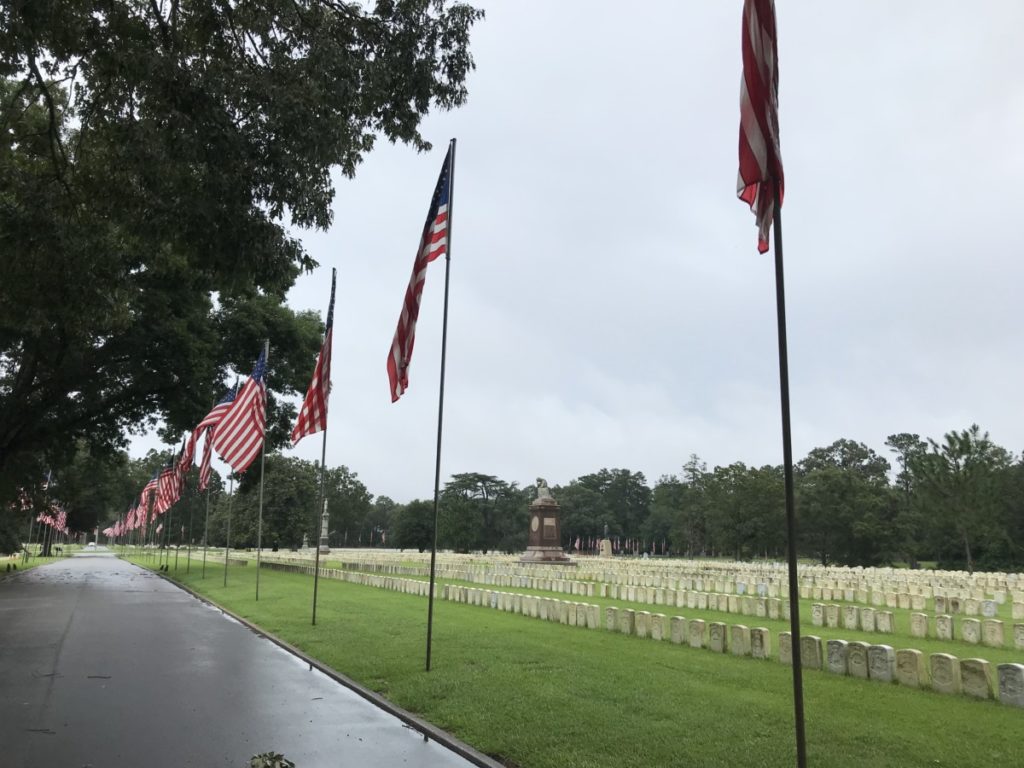
National Prisoner of War Museum
The National POW museum resides inside the visitor center. Although small, the museum is sobering.

Opened in 1998, the museum honors POWs from all wars. With low lights, the first room talks about the legal definition of a POW. Displays show various items soldiers carry including grape juice powder, eye cream, and aspirin tablets. A pair of bronzed boots from a WWII POW in Stalag Luft 3, as well as a flight suit also are on display.
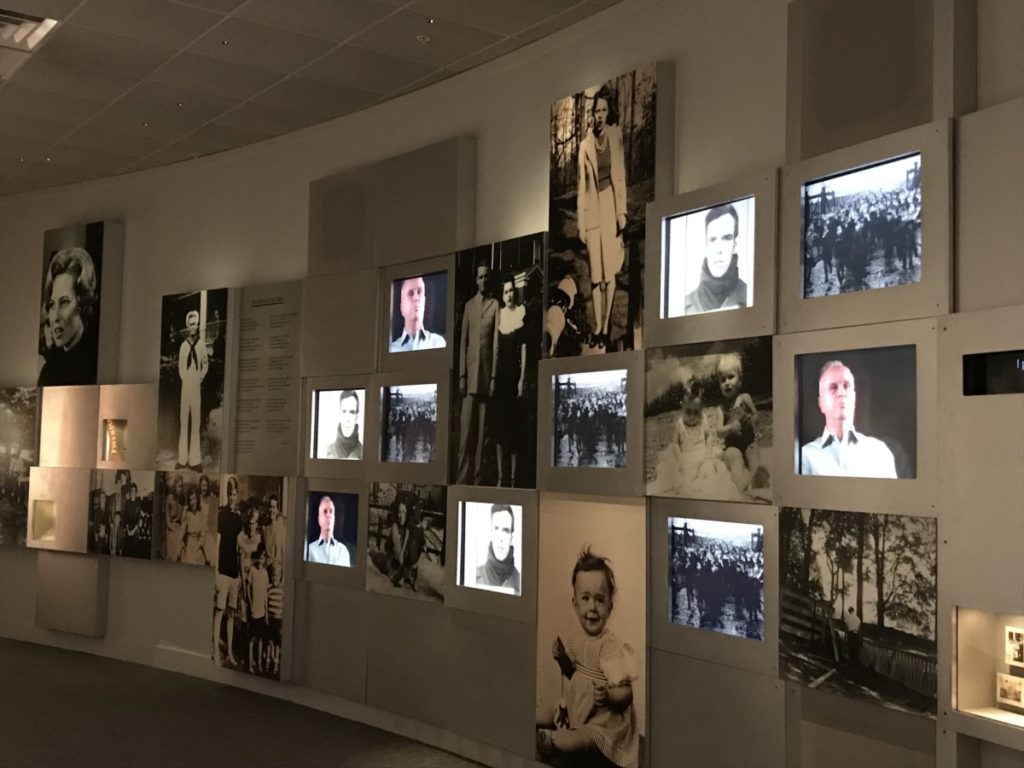
One of the most powerful exhibits is the room where POWs and their families from the speak about their experiences. Kids talk about seeing their father for the first time in years, while wives talk about the ups and downs of waiting on their spouse to return.

Other exhibits include a bamboo cage, shackles, and letters written by POWs. On display are cigarettes given to a POW in Vietnam, a pipe case made from a corn cobb, and a cigarette case made from woven strips of a milk can. All items were donated by POWs.
The 30-minute movie, “Echoes of Captivity” focuses on POWs from the United States, while another film, “Voices from Andersonville” details the prison camp.
For more information, visit the park’s website here.
